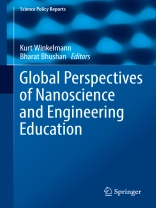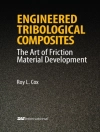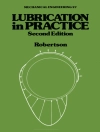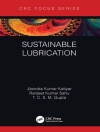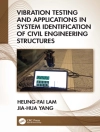This book presents the perspectives of nanotechnology educators from around the world. Experts present the pressing challenges of teaching nanoscience and engineering to students in all levels of education, postsecondary and informal environments. The book was inspired by the 2014 NSF workshop for Nanoscience and Engineering Education. Since nanotechnology is a relatively new field, authors present recommendations for designing nanotechnology education programs. The chapters describe methods to teach specific topics, such as probe microscopy, size and scale, and nanomaterial safety, in classrooms around the world. Other chapters describe the ways that organizations like NNIN and the NISE Network have influenced informal nanotechnology education. Information technology plays a growing role in all types of education and several chapters are devoted to describing ways how educators can use online curricula for teaching nanotechnology to students from preschool to graduate school.
Jadual kandungan
Size and scale.- Use of technology in K-12 schools for STEM education.- Review of probe microscopy courses from around the world.- History and accomplishments of the NNIN program.- Educational aspects of the nano in society work in the UCSB Center for Nanotechnology in Society.- Nanotechnology for community and technical college students.- Nanotechnology in German schools.- Implications of the interdisciplinary nature of nanoscience education.- Nanoscale informal science education network.- Topics for highschool nanoscale science and technology.- Online nanoeducation resources.- Nanoscale science and nanotechnology education in the informal education setting.- Implementing US state-level nanotech education standards.- A model for postsecondary nanotechnology education.- Nanotechnology safety education.- The need for a robust and interdependent network throughout the formal and informal educational supply chain.- Nanotechnology education in Asia.
